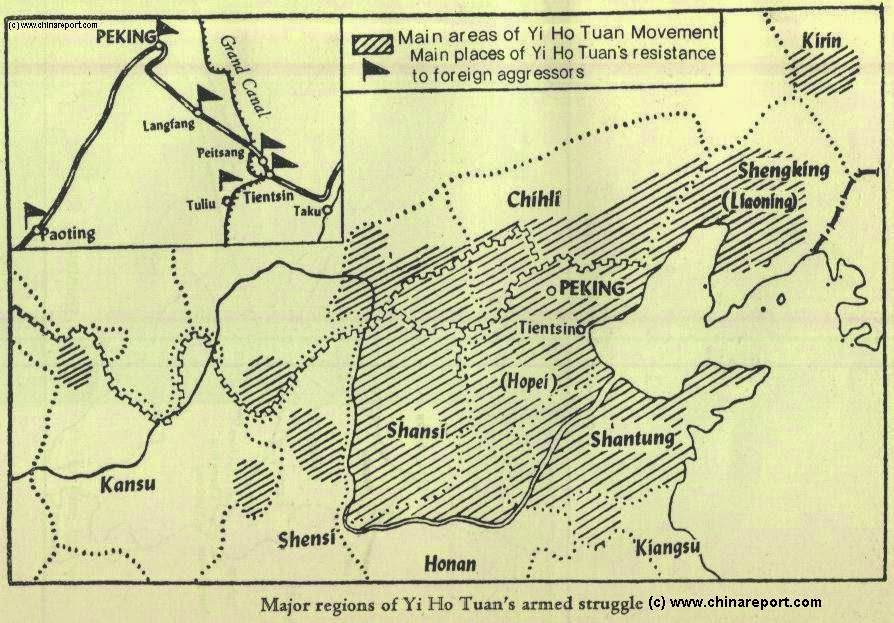It’s becoming a common occurrence for me to not know whereabouts
I am. Every time I have been carried in the same carriage, and surrounded by
the same deafening roar of enemy gunfire, but there is a different smell in the
air. I can only gather a few details about each place I have been to. Those are
in the minutes where I am held, unlocked and fired. My trademark, handcrafted shells
leave parts of me ingrained in the earth, and that is how I will be tied to
these affairs later into the future.
The strained noises the men make when they carry us out threatens
to put me out of use, I know all too well how heavy my metal work is. But when
it comes down to the job at hand, my release is very accurate and I’m sure the
winnings are greater than the issues with my aesthetics. It’s surprising my aim
is so steady when the air seems to tilt and the waters below come up to meet my
gaze. I’m a loyal companion to my holder though, and I am cool to the touch
when he feels nauseous. My uses aren't just for destroying; I am often pressed
to my holder’s forehead during rough tilts, or presented at awarding ceremonies
to be thanked.
There are times where I work hand in hand with the crew;
those are the most exciting times for me. I feed off their passion for war and
their adrenaline as they position my stand and yell ‘FIRE!’ On the odd occasion
I will listen to their idle discussion, but it bears no interest to me. I have
no time for their private lives, or for the women they had left behind. Most of
the time, it is a struggle for me to understand the words they say. From the
small amount of English I know, I can tell that I have been to the UK, and the
rest I presume is around my homeland of France.
When I hear from up ahead that the enemies’ torpedo boats
have been taken down, it’s a huge relief for me, and also a thrill. The fire passes
through my armour like a surge of energy through an athlete’s body, and when
victory is announced, it is the greatest honour.
All of that seems to be a distant memory to me now. Since
the new guys came in, who are lighter and much faster at reloading than I am, I
was soon enough taken away and forced into retirement. I dreamt that my owners would
take me to a beautiful home where I could create a positive reflection from humans
who will gaze and smile at me for countless hours. I’ll always stand proud on
my plinth for what I did but no longer will that be noticed. The cold dark
warehouse filled with many other forgotten lives is where I now slumber, hopefully
not until the end of my days.
Nevertheless, my old heart remains hopeful.






















